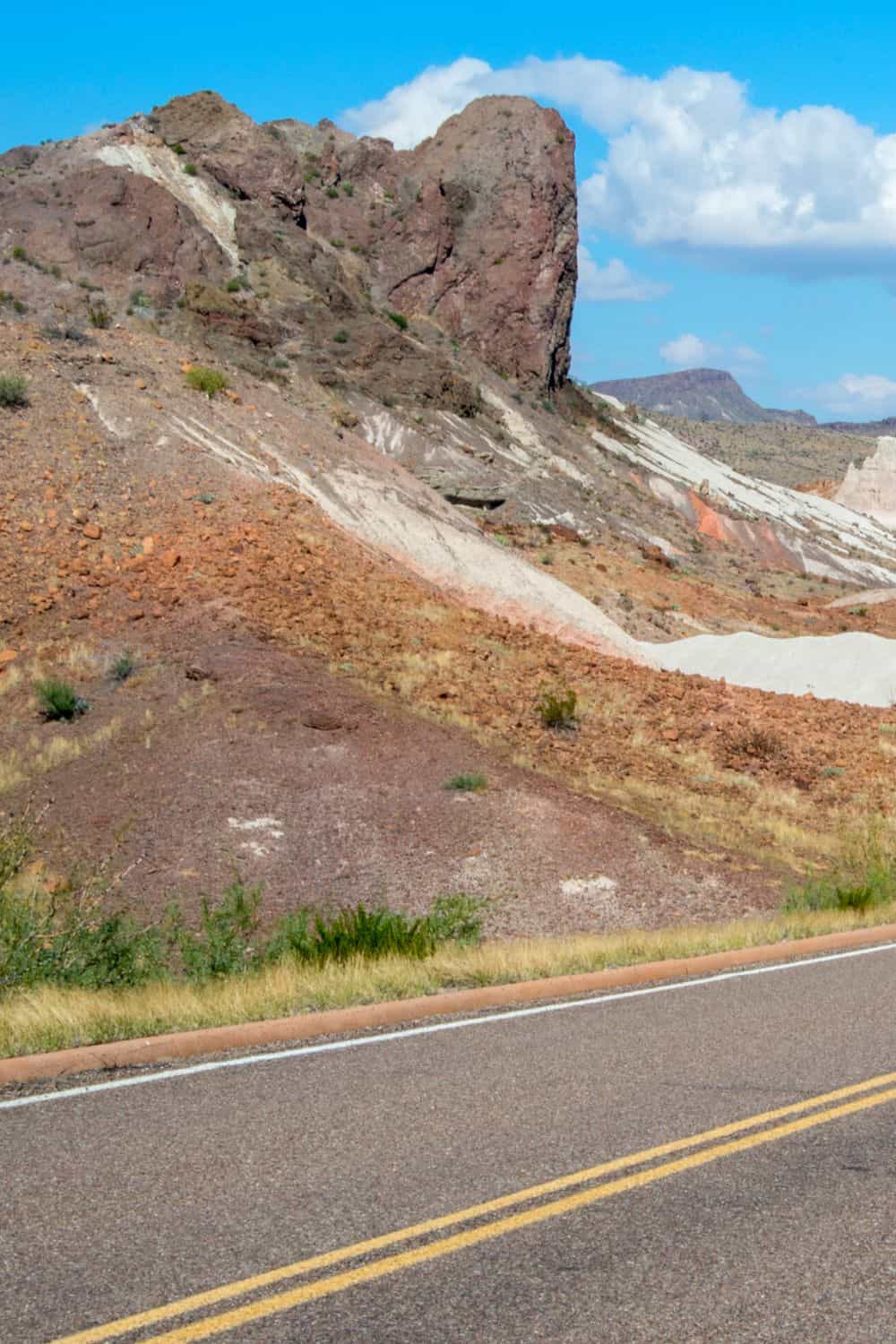
Big Bend National Park is a vast and beautiful desert wilderness that offers some of the best camping opportunities in the United States. However, camping in this remote and rugged environment requires careful planning and preparation. Here are some camping tips for Big Bend National Park to help ensure a safe and enjoyable experience.
- Reserve Your Campsite Early
Big Bend National Park has a limited number of campsites, and they tend to fill up quickly, especially during peak season. It is recommended to make reservations as early as possible, up to six months in advance, to ensure that you get the campsite you want. The park offers several campgrounds, ranging from primitive backcountry sites to RV-friendly options, so make sure to research which one suits your needs best.
- Bring Plenty of Water
The desert environment of Big Bend National Park can be harsh, and staying hydrated is crucial. It is recommended to bring at least one gallon of water per person per day, especially during the hot summer months. Don’t forget to bring extra water for cooking, cleaning, and washing.
- Pack for the Weather
Big Bend National Park experiences extreme temperature swings, with hot days and cool nights. Make sure to pack appropriate clothing and gear for the conditions, including a warm sleeping bag, a waterproof tent, and a hat and sunglasses for sun protection. Also, be prepared for the possibility of sudden thunderstorms, which can bring heavy rain and flash flooding.
- Practice Leave No Trace Principles
Big Bend National Park is a fragile environment, and it’s essential to minimize your impact. Make sure to pack out all trash and food scraps, and avoid disturbing wildlife or damaging vegetation. Use established campsites and fire rings, and only build fires in designated areas. Be respectful of other campers and keep noise levels low.
- Be Prepared for Wildlife Encounters
Big Bend National Park is home to a variety of wildlife, including bears, mountain lions, snakes, and scorpions. It’s essential to be aware of your surroundings and take precautions to avoid encounters. Store food and trash in bear-resistant containers or hang them at least ten feet off the ground and four feet away from tree trunks. Keep a safe distance from all wildlife and never approach or feed them.
- Know Your Limits
Big Bend National Park offers incredible opportunities for adventure, but it’s important to know your limits and stay within them. Be honest about your physical abilities and fitness level, and choose activities and campsites that are appropriate for your experience and skill level. Always let someone know your itinerary and expected return time.
Camping in Big Bend National Park can be a rewarding and unforgettable experience, but it requires careful planning and preparation. Make sure to reserve your campsite early, bring plenty of water and appropriate clothing, practice Leave No Trace principles, be prepared for wildlife encounters, and know your limits. With these tips in mind, you can enjoy the natural beauty and wilderness of Big Bend National Park safely and responsibly.
Big Bend National Park is located in southwestern Texas, and experiences a semi-arid desert climate with hot summers and mild winters. Here are some general weather patterns you can expect in the park:
- Temperatures: Summers in Big Bend National Park are hot, with daytime highs often reaching into the 90s to low 100s Fahrenheit (32-38°C). Nights can be cooler, with temperatures dropping into the 60s to 70s Fahrenheit (16-24°C). Winters are mild, with daytime highs ranging from the 50s to 70s Fahrenheit (10-21°C), and nighttime lows often dropping below freezing.
- Precipitation: Big Bend National Park receives an average of around 12 inches (30 cm) of precipitation per year, with the majority falling during the summer monsoon season (July to September). Thunderstorms are common during this time and can bring sudden, heavy downpours.
- Wind: Wind can be a factor in Big Bend National Park, particularly in the spring and fall. Wind gusts can be strong, especially in the open areas of the park, and can create blowing dust and sand.
If you plan to visit Big Bend National Park, it’s important to come prepared for the weather conditions. During the summer months, bring light-colored and loose-fitting clothing, sunscreen, and plenty of water. In the winter, bring warm layers and be prepared for potentially cold nights. Be aware of the potential for sudden thunderstorms during the summer monsoon season and seek shelter if necessary. It’s also important to be prepared for strong winds and blowing dust during your visit.
Related posts:
Big Bend National Park is a massive 800,000-acre park located in the western part of Texas, along the border with Mexico. It offers a range of activities, including hiking, camping, stargazing, and river rafting. Here are 12 things to...
You've probably heard about Big Bend National Park. But what's it really all about? According to the US National Park Service, the name "Big Bend" was derived from "Big Dipper," a Texas cattle trader who, in 1846, patented a bend in the Colorado Rive...
Big Bend National Park, located in southwest Texas, is a haven for hikers and outdoor enthusiasts. The park boasts over 150 miles of hiking trails, ranging from easy walks to strenuous treks through rugged terrain. Whether you're a seasoned...
Big Bend National Park is located in the southwestern part of Texas, near the border with Mexico. It is known for its rugged terrain, stunning landscapes, and diverse wildlife. The park covers over 800,000 acres and is home to a wide ...